Cephalopods Are As Smart As Human Children?
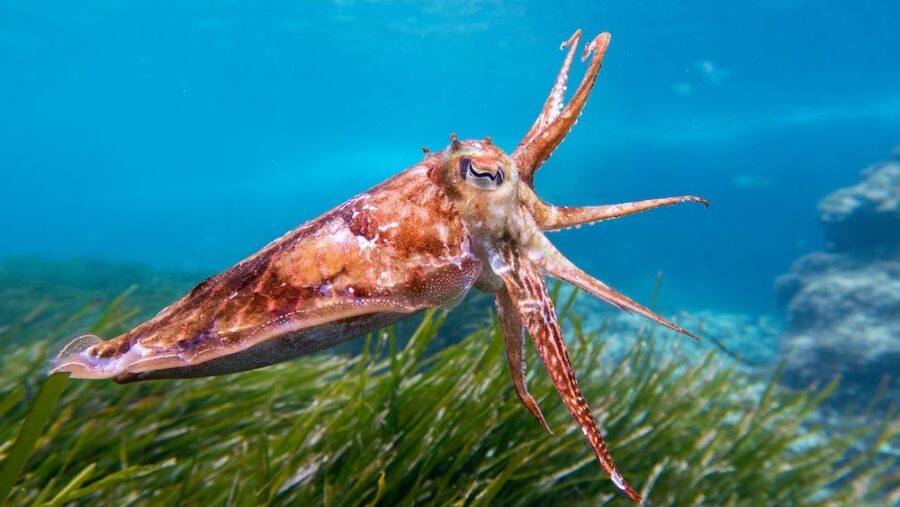
Can a cuttlefish outsmart a toddler? It’s more likely than you might think. Science Alert reports that researchers gave the color-changing cephalopods a test originally meant for human children, and the miniature Cthulhus crushed it.
Cuttlefish Marshmallow Test
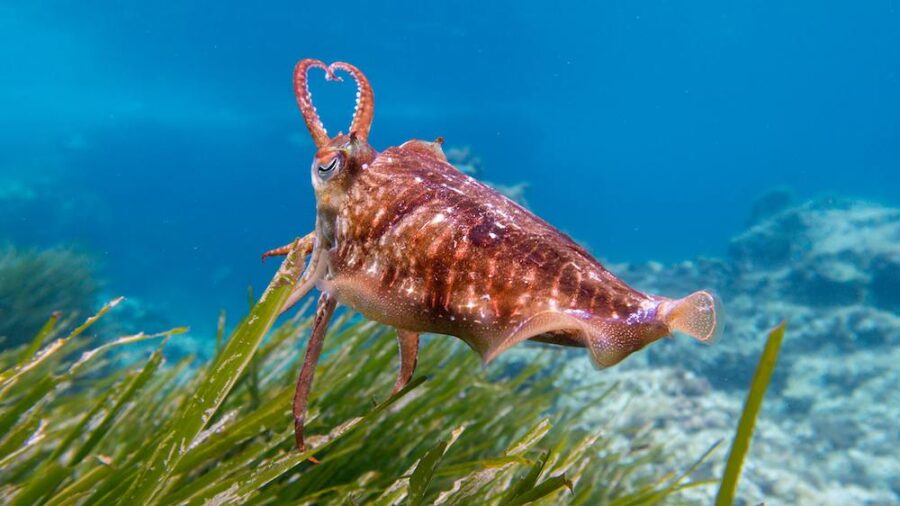
In 2021, scientists gave cuttlefish a variation of the “marshmallow test” to test the cephalopod’s intelligence, and the little squidlets passed. The marshmallow test is a test used to measure a child’s ability to delay gratification.
A child is put in a room with a marshmallow and told that if they can hold off on eating it for 15 minutes, they will instead get two marshmallows.
If the child can control themselves long enough to get a better reward, they are demonstrating the ability to delay gratification. The test was originally conducted to study how humans develop cognition.
The marshmallow test does this by measuring what age most humans have to reach before they are smart enough to ignore a small, instantly available reward in favor of something better later.
Reward For Waiting
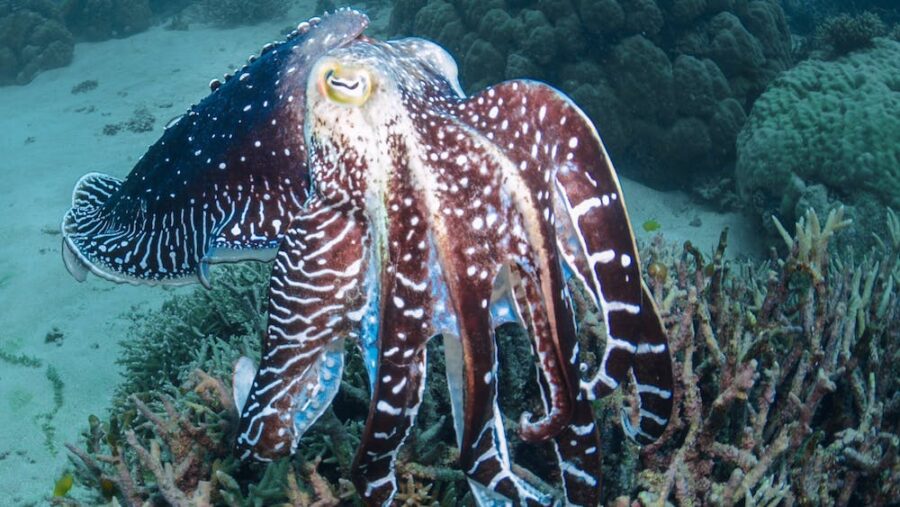
The simplicity of the test means it can be adjusted for animals like cephalopods. While researchers obviously can’t just tell the animals to wait and they’ll get a better reward, they can show them.
Some of the animals that have previously shown the ability to delay gratification are primates, dogs—but only sometimes—and, more recently, cuttlefish.
Cephalopods aren’t exactly huge on marshmallows, so scientists instead tempted the tiny hentai monsters with crab meat and shrimp. Crabmeat was offered to the cuttlefish as a source of instant reward with the promise of shrimp—the cuttlefish’s food of choice—if the creature could be patient and wait.
As it turns out, the cuttlefish were more than willing to wait once they knew shrimp was on the line.
More Testing
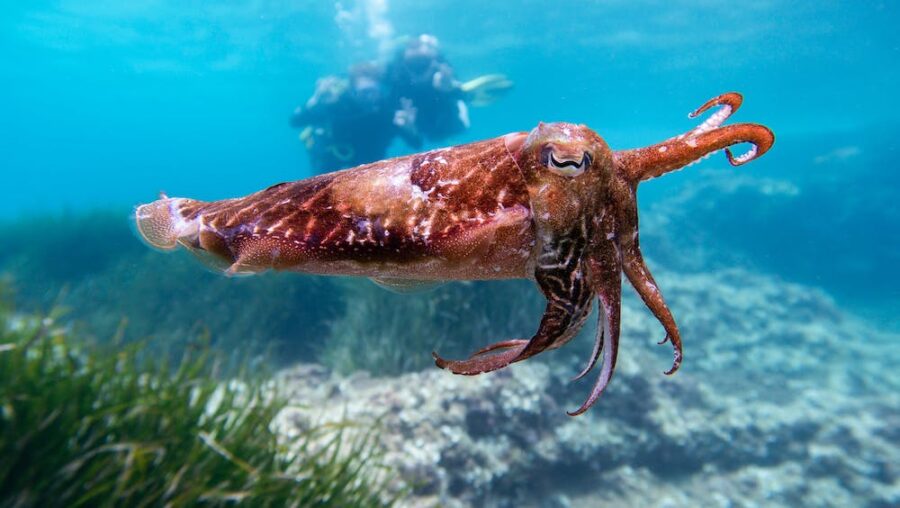
However, researchers weren’t completely satisfied with the results of the test. They believed that it was too difficult to determine whether the cephalopod’s ability to wait for the shrimp was due to prey availability or an actual ability to exert self-control.
Another test was developed, this one using six cuttlefish. The cephalopods were put in a tank with two enclosed chambers.
Transparent doors blocked both of the chambers, allowing the cuttlefish to see what was inside, and what was inside was snacks.
Prawns Used For The Test
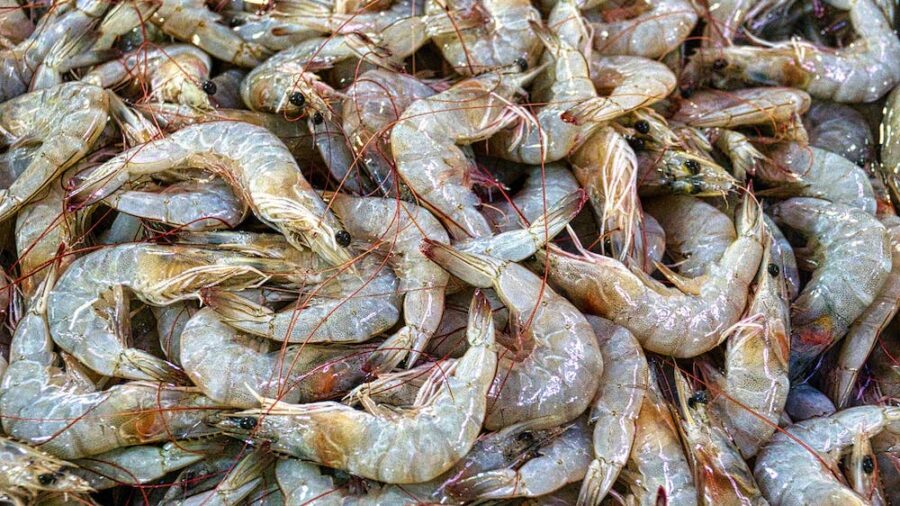
In one chamber was a dead king prawn—the McDonald’s hamburger of the sea—while the other chamber contained the cephalopod equivalent of filet mignon, a live grass shrimp.
On each of the transparent doors were symbols that the cuttlefish had been taught to recognize. The door with a circle would open right away, but the door with a triangle would only open after 10 to 130 seconds of waiting.
Cuttlefish Intelligence
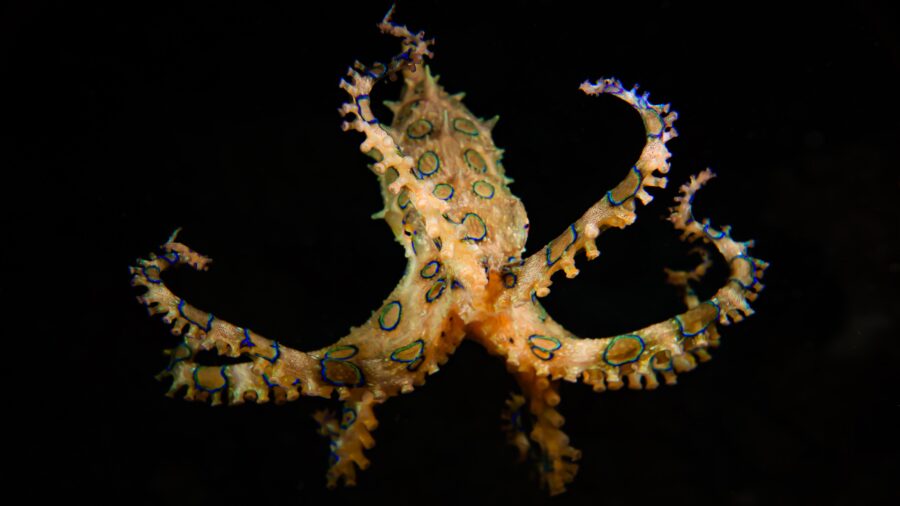
As you can imagine, the prawn was waiting behind the circle door while the grass shrimp was behind the timed door. Researchers found that all six of the cuttlefish tested would rather wait for the good stuff than immediately gorge themselves on garbage prawns.
The cephalopods were able to tolerate delays of up to 50-130 seconds if it meant getting their preferred noms.
This puts cuttlefish intelligence on the same level as chimpanzees, crows, and parrots.
Research Goals
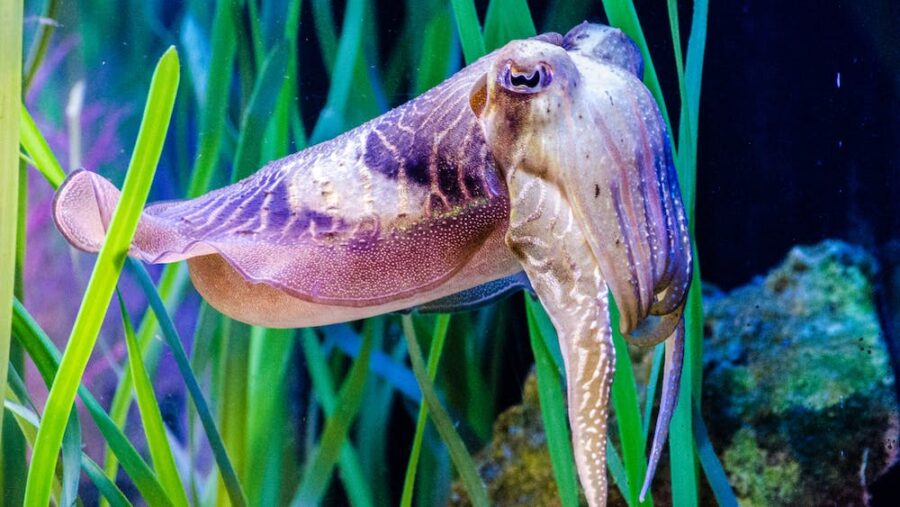
Further studies showed that the cephalopods would still wait for the better food when the symbols were switched and that even switching colors or introducing new shapes didn’t throw them off.
More research is being conducted to see if cuttlefish are able to plan for the future. Researchers haven’t specified if that future is one where the cephalopods use their intelligence to take over the surface world but humans should expect the worst just in case.
Move over AI, there’s a new existential threat to mankind’s continued existence.












